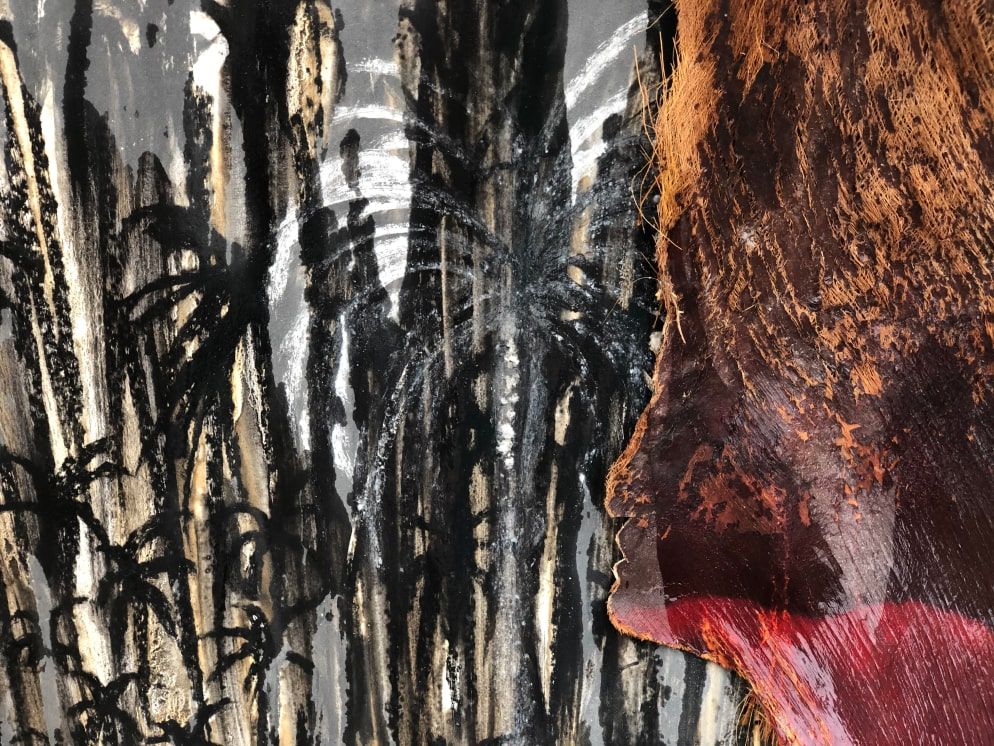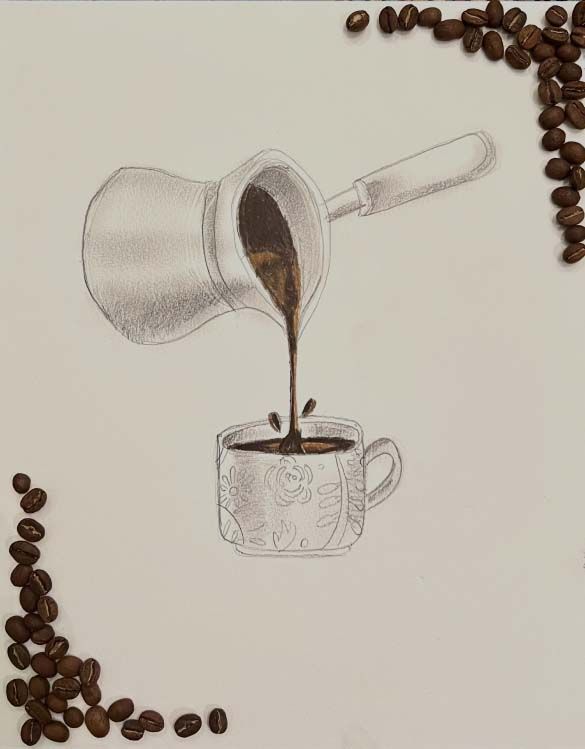Bayt Al-Sha‘ar
Photo credit: Saudi Arabia Ministry of Culture.
The concept of sustainability isn’t new for Arabs, rather, it is a notion that is deeply connected and meaningful to them. Since ancient times, Arabs have used materials that can be extracted from the cattle they care for and nurture, and a lot of other natural materials. The house of hair (bayt Al sha‘ar) comes as one of the many examples that can be used as significant evidence of their belief in sustainability and preservation of abundant natural resources. The house of hair is the tent that is used as a house for nomads as protection from the sun’s heat during the day and the cold weather at night, in addition to rain and sandstorms.
By time, the house of hair acquired its name due to the use of the camel and goat hair and white sheep’s wool in making the textiles. This process is called “Sadu knitting,” because it is only knitted and sewn horizontally and the thread pulled longitudinally is called “Sada.” It is known for its strength, smoothness, and harmony that is caused by the great pressure it is exposed to during the knitting and weaving process, unlike the vertically extended thread, which is called “Weft.”
The house of hair is distinctive for its bright, vibrant colors that vary between black, white, brown, beige, and red. The hairs and spun wools acquire these colors by being dyed with plant extracts found across Arab lands, such as turmeric, henna,
saffron, aloe vera, and indigo. It was a custom of Bedouin women to learn dying and weaving from an early age. The house of hairs is knitted and woven using a loom made of palm or jujube wood by small groups of women who pass the time weaving by exchanging news, singing songs, and reciting poetry.
It’s important, while learning about the houses of hair, to know that they have numerous names based on the number of poles used according to the size of the house. There are, for example: Al-Mdouble, Al-Muqarn, Al-Muthluth, Al-Morabba‘, Al-Mukhummus, and Al-Masuba‘.
Arabs, despite their different geographical areas and cultural diversities, have built houses of hair. Despite these differences, they didn’t influence the fundamentals of building the hair houses or their names. However, there are some symbols and inscriptions that hold significances inspired by the lifestyle of the Bedouins, their values, and sometimes, the tribe markings or the seasons. One of the most famous traditional inscriptions of “Sadu” are: the eye, the rib, the molars of the horse, the awirjan, the cache, the tree, and the number. The molars of horses are categorized as the only ones that have a protrusion in one of the faces


